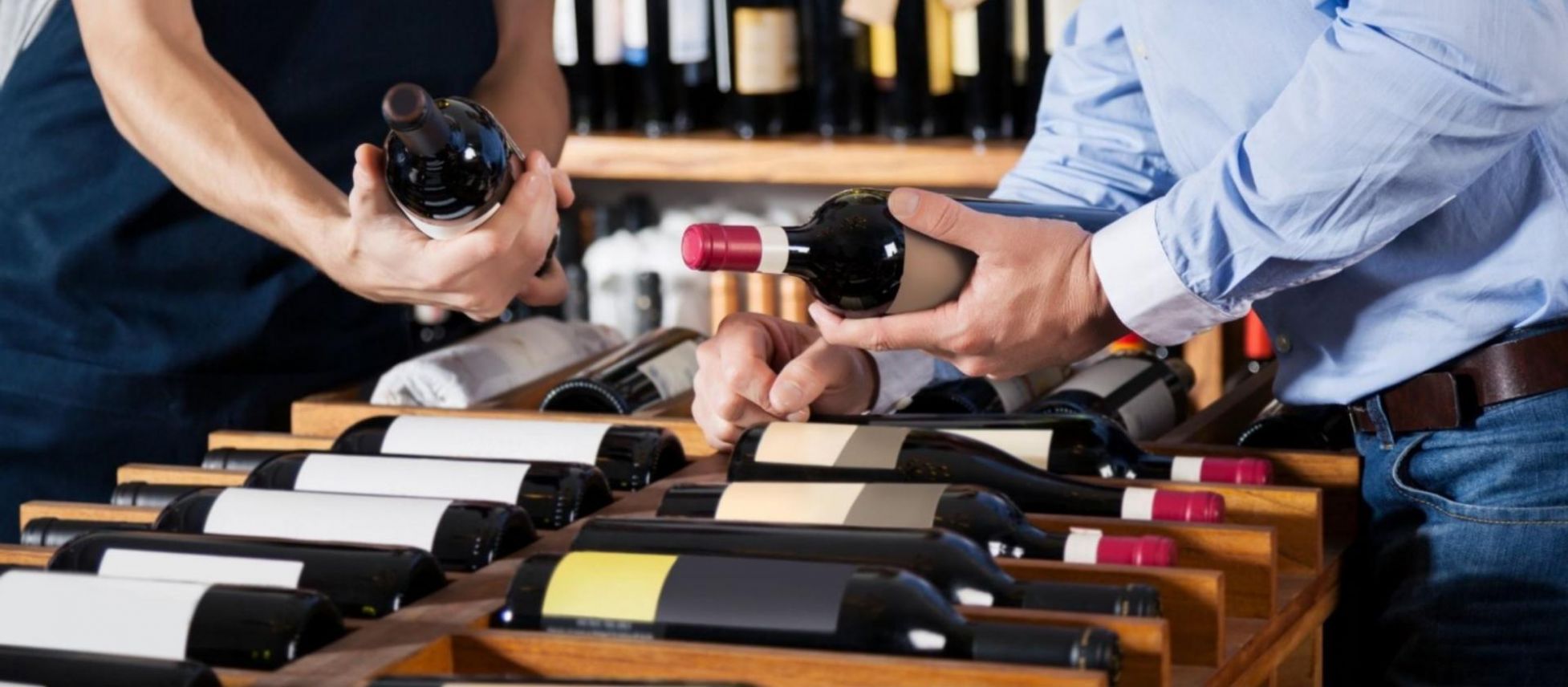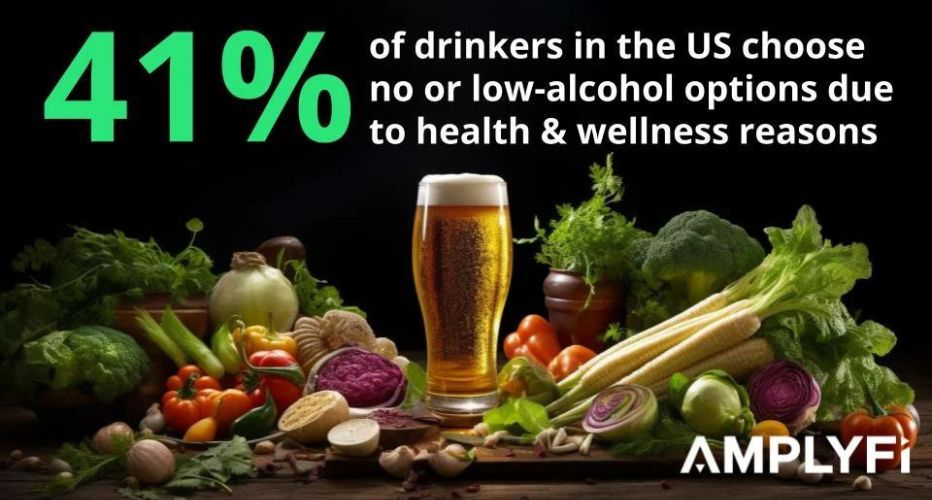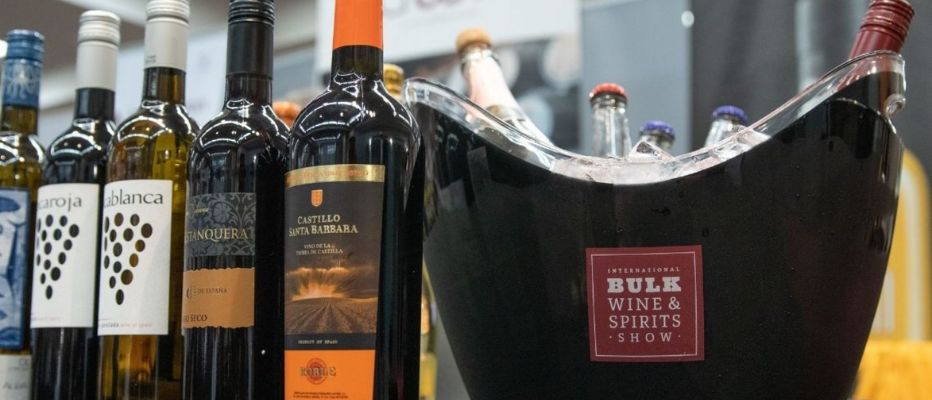Blog
Insights
Understanding Consumer Preferences To Enhance B2B Sales

Unlock B2B sales potential in the bulk wine and spirits market by mastering consumer trends and adapting to economic shifts.
In the competitive landscape of the bulk wine and spirits market, understanding consumer preferences is crucial for driving B2B sales. End consumers' choices significantly influence purchasing decisions, and businesses must adapt their strategies to meet these evolving demands. This article explores the current consumer trends, the impact of these preferences on bulk buying decisions, and how companies can tailor their approaches to thrive in this dynamic market. In addition to these insights, we will discuss the economic factors influencing the market and the anticipated future trends to comprehensively understand how companies can strategize effectively. These approaches will offer practical insights and actionable takeaways for navigating the dynamic landscape of the bulk wine and spirits market.
Insights into Current Consumer Trends
Premiumization: One of the dominant trends in the wine and spirits market is the shift towards premiumization. Consumers are increasingly willing to pay more for high-quality products with unique flavors and superior experiences. This trend is driven by a growing middle class with disposable income and a desire for luxury and exclusivity.
Health and Wellness: Health-conscious consumers are influencing the market with a preference for low-alcohol, organic, and natural options. This trend is particularly prominent among younger generations who prioritize their health and are more informed about the ingredients in their beverages.
Sustainability: Sustainability is a significant concern for modern consumers. They are more inclined to support brands that prioritize environmental responsibility through eco-friendly packaging, sustainable sourcing, or ethical production practices. This trend pushes producers to adopt greener practices and effectively communicate their sustainability efforts.
Digital Engagement: The rise of digital engagement has transformed how consumers discover and purchase wine and spirits. Social media, online reviews, and e-commerce platforms are playing a pivotal role in shaping consumer preferences. Brands with strong digital presence and interactive online experiences are more likely to capture the attention of tech-savvy consumers.

Source: AMPLYFI
How Consumer Preferences Impact Bulk Buying Decisions
Demand for Premium Products: As consumers seek premium products, bulk buyers in the B2B sector must adjust their inventory to include higher-end options. This shift often requires forming partnerships with premium producers and ensuring a consistent supply of quality products that meet the elevated standards of discerning consumers.
Health-Conscious Offerings: The demand for health-conscious options means that buyers need to stock a variety of low-alcohol, organic, and natural products. This trend may lead to increased collaboration with suppliers who can provide products that align with these health-focused preferences.
Sustainability Requirements: Bulk buyers are increasingly scrutinizing the sustainability practices of their suppliers. To meet consumer demands, buyers are favoring suppliers who demonstrate a commitment to environmental responsibility. This can influence the selection process and long-term partnerships, as sustainability becomes a critical criterion for bulk purchases.
Embracing Digital Tools: The influence of digital engagement on consumer preferences necessitates that buyers also leverage digital tools for market research and purchasing decisions. Online platforms can offer valuable insights into trending products and consumer feedback, enabling buyers to make informed decisions that align with current market demands.

Source: Dimensional Insights
Adapting B2B Strategies to Meet Consumer Demands
Diversifying Product Portfolio: To cater to the diverse preferences of modern consumers, companies should diversify their product portfolios. This means offering a range of premium, health-conscious, and sustainable options. By doing so, they can appeal to a broader customer base and meet the varied demands of end consumers.
Strengthening Supplier Relationships: Building strong relationships with suppliers who can provide high-quality, sustainable, and innovative products is crucial. companies should work closely with their suppliers to ensure consistent quality and availability, which can enhance their ability to meet consumer expectations.
Investing in Sustainability: Companies need to invest in sustainable practices throughout their supply chain. This includes partnering with environmentally responsible suppliers, using eco-friendly packaging, and reducing carbon footprints. Demonstrating a commitment to sustainability can enhance brand reputation and attract eco-conscious buyers.
Leveraging Digital Marketing: Embracing digital marketing strategies can help companies stay ahead of consumer trends. Utilizing social media, e-commerce platforms, and online reviews can provide valuable insights and enhance customer engagement. Digital tools can also facilitate more efficient and informed bulk buying decisions.
Economic Factors
Impact of Economic Conditions: Economic conditions significantly influence consumer spending in the wine and spirits market. During prosperous times, consumers with more disposable income often splurge on premium products, boosting sales of high-quality wines and spirits. Conversely, economic downturns prompt a shift toward budget-friendly options, requiring buyers to adjust their inventories to meet this demand. Recognizing these economic cycles helps buyers make informed decisions, ensuring they stock products that align with current consumer financial sentiments.
Influence of Macroeconomic Trends: Macroeconomic trends, such as inflation, exchange rates, and interest rates, profoundly affect the wine and spirits industry. Inflation can increase production costs, leading to higher consumer prices and altered purchasing behaviors. Exchange rates influence the cost of imported goods, affecting their availability and pricing. Interest rates impact both consumer spending and business investments, with higher rates reducing disposable income and increasing financing costs. Understanding these trends allows buyers and sellers to strategize effectively, adjusting their purchasing and sales plans to maintain profitability and meet market demands.

Source: IBWSS
Future Trends and Predictions
Anticipated Future Trends: The wine and spirits market is evolving, with trends like the demand for unique, experiential products and the growth of e-commerce shaping its future. Consumers seek exotic flavors and rare vintages, driving innovation and product diversification. E-commerce, accelerated by the pandemic, continues to grow, requiring buyers to enhance their digital presence. Sustainability remains crucial, with consumers demanding eco-friendly practices and transparency, pushing companies towards sustainable production and packaging.
[[relatedPurchasesItems-62]]
Preparing for Emerging Preferences and Market Shifts: To stay ahead of emerging preferences, companies must proactively monitor trends and market dynamics. Investing in research and development fosters innovation, while a strong digital infrastructure leverages e-commerce growth. Integrating sustainability into all aspects of the business, from sourcing to production, attracts eco-conscious consumers. Strong relationships with suppliers and distributors ensure a reliable supply chain, enabling quick responses to market changes.
Understanding consumer preferences is essential for enhancing B2B sales in the bulk wine and spirits market. By staying attuned to trends such as premiumization, health and wellness, sustainability, and digital engagement, companies can adapt their strategies to meet the evolving demands of consumers. Diversifying product portfolios, strengthening supplier relationships, investing in sustainability, and leveraging digital tools are key approaches to thrive in this dynamic market. As the market continues to evolve, companies that prioritize understanding and responding to consumer trends will be better positioned for sustained growth and success.
Header Image Source: Wein. Plus
If you're a bulk wine or bulk spirits supplier, contract bottler, or private label producer aiming to connect with serious trade buyers, IBWSS San Francisco is the event you can't afford to miss. Get a quotation or Book a exhibitor table.

